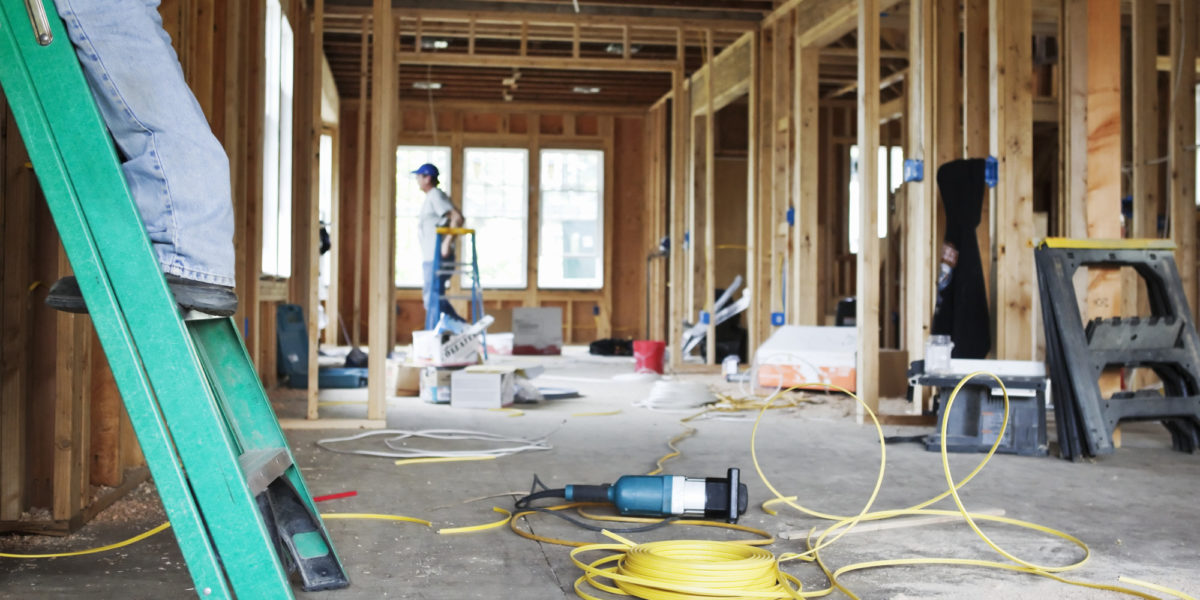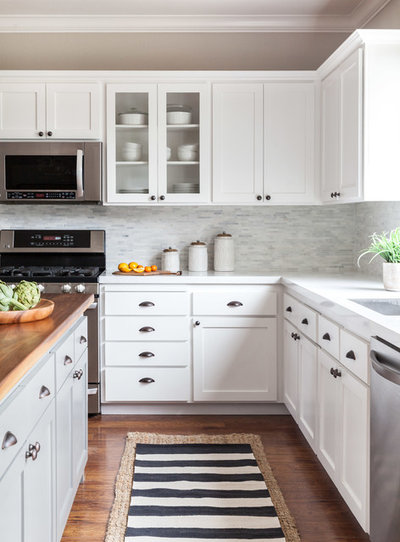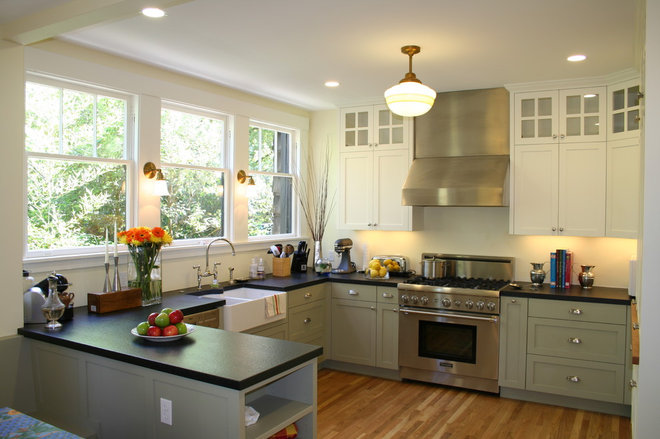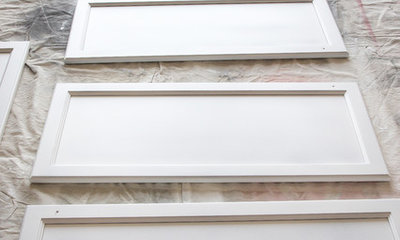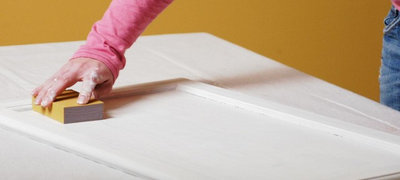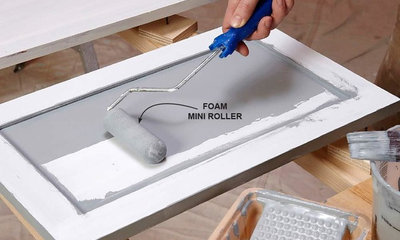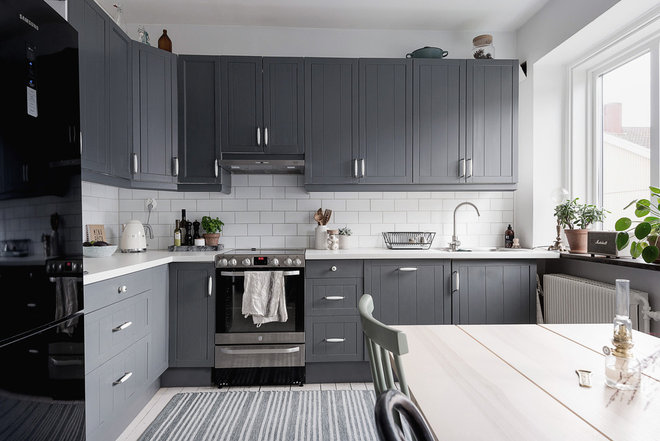It’s not uncommon for a condo owner to suddenly find themselves calling their insurance company because their unit has been flooded. Whether or not the fault lies with you or with another party, knowing your rights and what kind of insurance to buy is key in remediating the situation.
According to Darren Gradus, CEO of Canada’s Restoration Services, the number one thing most people are not aware of when it comes to condo insurance is what their liability is in regards to “common areas” in the condo building. It is important to understand what you are responsible for should damage occur, and what your insurance will cover.
Typically, the condo corporation is only responsible for property belonging to it, specifically:
- Liability for Bodily Injury and Property Damage to others, arising out of the corporation’s activities as a Condominium. This coverage protects Individual Unit Owners but only with respect to their interests in the common elements of the Condominium.
- Boiler and Machinery coverage if required by the Condominium Corporation.
- The physical units, as originally constructed, excluding any upgrades or improvements made or acquired by the Unit Owners.

Darren also suggests updating policies to reflect any recent renovations, such as installing expensive hardwood flooring, for example. “Condo owners that choose not to have their own home insurance and rely only on the condominium’s insurance,” explains Darren,”will not be covered for their own contents if damaged by a flood.”
Keeping this in mind, it’s important to be aware that many Condominium Corporations are removing flooring from the standard unit description in order to bring down premiums and reduce claims. Therefore, along with any new flooring installed, condo unit owners are responsible for insuring all personal belongings, including:
- Furniture, clothes and other personal property stored both in the condo and in any storage facilities within the condo.
- Legal liability arising out of your personal activities as a Unit Owner and the ownership of your Individual Unit.
- If the damages were a result of an act or omission on the part of the Unit Owner, you may be responsible for the “deductible” under the Corporation’s Insurance Policy if a loss occurs to any property the Corporation is responsible for insuring.
The aftermath of a flood in a condo building is a complicated affair. “There are several parties involved,” explains Darren, “more than one insurance company, the property management, the owner, several restoration companies. This can cause delays in solving the problems and restoration.”
With so many people involved, decision making can be a challenge. Condo owners need to establish who is making the decision – “is it the owners or the property managers?”, asks Darren. The other major issue Darren commonly sees is the speed at which adjusters from both insurance companies can agree on responsibilities – which greatly impacts the speed at which your condo will be repaired.
Canada’s Restoration Services suggests taking the following steps should a leak occur in your condo:
- Identify the source, and if safety allows, try and stop it;
- Contact a certified IICRC water damage restoration company/or your property management;
- Remove any personal belongings that are at risk of being damaged;
- Take as many pictures as possible;
- If the damage is not the result of a sewage problem, create an in air flow with a fan and turn on any available dehumidifiers.
Once the the restoration company arrives, you should:
- Ask them what the scope is and how much will it cost – and then consult with your insurance broker;
- Make sure the company is using tools and instruments to determine what was damaged and what needs to be done;
- If you decide to involve your insurance company, try to have the adjuster out at the property sooner rather than later.
And before any such fate befalls you, check to make sure your insurance covers accidents such as floods or burst pipes. Many insurance policies do not cover damage caused by flooding, or from frozen pipes that burst outside of your home.
Being a responsible condo owner also means checking the washing machine and toilet valves, reminds Darren. And if you are leaving on a long vacation, consider notifying the property manager.
www.teambluesky.ca



